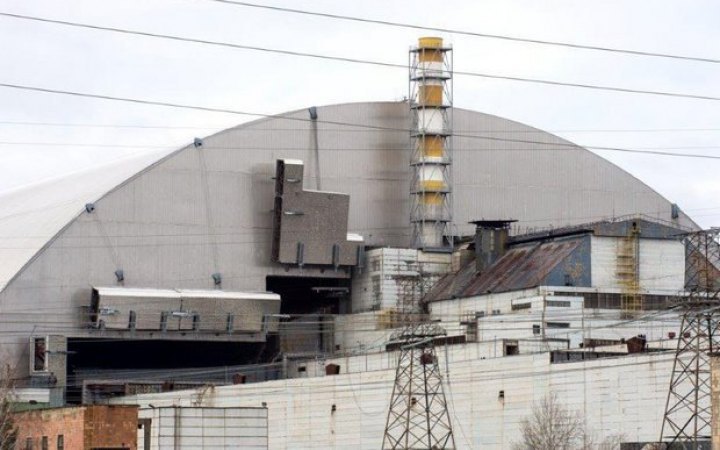The Director General of the International Atomic Energy Agency (IAEA) Rafael Mariano Grossi, said that after the russian occupation, the radiation level in the area of the Chornobyl NPP was already normalized. However, when the russian military was there, it was “abnormal”, and the situation in the Chornobyl zone during the russian occupation was “very, very dangerous”.
The Director General of the IAEA said this on Tuesday, April 26, during a visit to the ChNPP on the anniversary of the 1986 catastrophe at the plant.
“There have been some moments when the level has risen because of the movement of heavy equipment brought here by russian troops and when they left. We are monitoring this daily,” Grossi was quoted as saying by the AFP news agency.
Russian troops occupied the territory of the Chornobyl NPP, located near the border with Belarus, on the first day of the invasion, February 24. They captured Ukrainian military personnel and held the plant's civilian personnel hostage. The invaders withdrew from the ChNPP at the end of March.
According to Ukrainian representatives, radiation levels in the area of the plant were rising, particularly because the equipment unfolded the top layer of soil. In addition, russian soldiers were entrenched and sat for long periods in spots of radiation contamination, in particular in the famous “Red Forest” near the station, and could have received dangerous doses of radiation.
On April 26, 1986, an uncontrolled nuclear chain reaction destroyed the fourth reactor of the Chornobyl NPP in an accident that was first concealed by the Soviet authorities. The exact death toll from the Chornobyl accident is still debatable.
Eventually, 350,000 people were evacuated from a 30-kilometer radius around the plant, which remained a deserted exclusion zone, except for some elderly residents who returned despite the official ban.
Three other reactors at the Chornobyl power plant were shut down sequentially, with the last one shut down in 2000.








